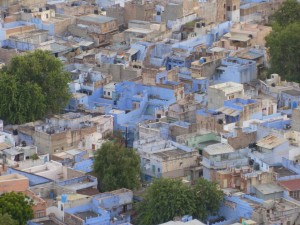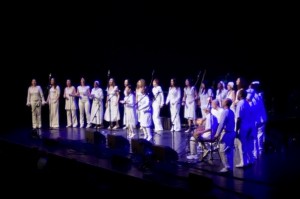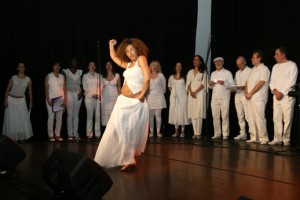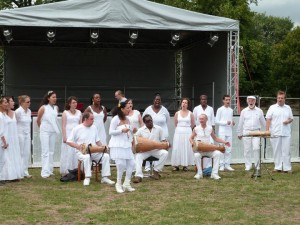Flowing steadily through countryside and city, the mighty Nile River connects 10 north and sub-Saharan African countries. It is a source of life, history, and culture for the citizens of the countries surrounding it, but how much do they know about one another and about the invaluable resource they share? What can they learn from one another about the cultures and environment of the Nile?
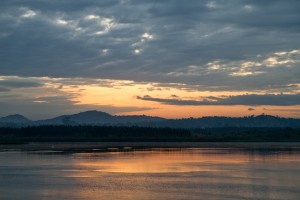
Mina Girgis and Meklit Hadero, two San Francisco-based visionaries originally from the Nile region, have set out to connect the countries of the Nile through music and dialogue. Their multi-phase Nile Project involves an album, performances, a TEDx event, curriculum materials, and more. They hope to raise $10,000 through a Kickstarter campaign by Feb. 1 for the first phase of the project, a scouting trip to find the musicians who will become the heart of the Nile Project.
Girgis, an ethnomusicologist and founder of the non-profit music organization Zambaleta, spoke with Apsara about the ideas behind the project.
How did you and Meklit Hadero first come up with the idea to collaborate on the Nile Project?
This was last September. Meklit and I had not seen each other for months. I had just returned to the Bay Area from two months in Cairo, and she had just returned from a tour in Ethiopia. We met at an Ethiopian concert by Debo Band, and I was sharing with Meklit how I only came to discover Ethiopian music after moving to the United States. This lack of cultural exposure among East African countries is a bit strange seeing we are neighbors and we share our lifeblood—the Nile. So we decided to embark on a new project where we would bring together musicians from various Nile cultures to perform along the river and abroad.
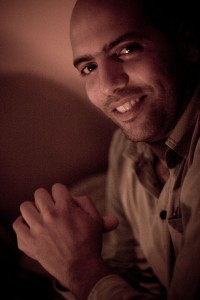
What do you most hope to achieve?
Well, we definitely hope to make good music. But we have other ambitions. Through these cross-cultural musical collaborations, we hope to foster cultural connections among the people of the Nile to help us tackle our water-based environmental challenges. So the Nile Project is both a musical project and a platform to spread environmental awareness and inspire social change among Nile citizens.
The Nile flows through 10 countries that are diverse, yet are also linked by historical and cultural ties and present-day politics. What role will music play throughout the different stages of the project?
There are some problems only the arts can help solve. And in the Nile Project’s case, there are two challenges we hope to tackle through music.
I come from Cairo. And when I look around my hometown today, I see that we have become so disconnected from both the river that runs through our city and the people who live down that river and drink from the same water. To most Cairenes, the Nile is either a natural barrier you have to cross, a reservoir of water you cannot live without, or a demarcator of privilege for those who can afford waterfront real estate. When we lack such a visceral connection to our immediate ecosystem, how could we be aware of our environmental impact? Bringing back this visceral connection will not happen through intellectual campaigns. But it could happen with music.
The other issue is a cultural one. Because the Nile is so crucial to our livelihood, it has become the domain of political discourse. When we began working on this project, we were asked the question: “Do either of you work for the government?” We obviously do not. But the question shows you how polarizing the Nile has become. One way to rekindle our cultural connections is through the music we will make.
What will you do during the Lincoln Center presentations in 2013?
We will definitely have a performance series to showcase the many musical collaborations we are developing. All of them will feature cross-cultural performances among Nile musicians. We will also have presentations by scholars, artists, and social entrepreneurs who work on the Nile. We also hope to collaborate with other river projects.
What issues will be discussed during the TED conversations, and who will participate in them? Is any part of the project intended to get at the subject of water control along the Nile?
TEDxNile will feature scholars, social entrepreneurs, and artists who will share their expertise and ideas about the Nile. We hope the videos will help spread these worthy ideas and bring more attention to those who are coming up with solutions. We also hope these solutions will inspire others to come up with more ideas.
The Nile Project is not a political project. It is an environmental and cultural project. We want to spread a new paradigm that overlooks the political boundaries among our people. We like to think of the Nile region in a holistic way, as an ecological and cultural system that predates nations and states. And we believe the solutions will come from this outlook. In our book, the only way towards sustainability is equity. But we are not in the business of fighting over water.
The Nile Project Kickstarter Campaign Video
Feb. 4, 2012, Sarah notes: I’m excited to share that the Nile Project surpassed its goal by Feb. 1—thank you to everyone who helped support it!

